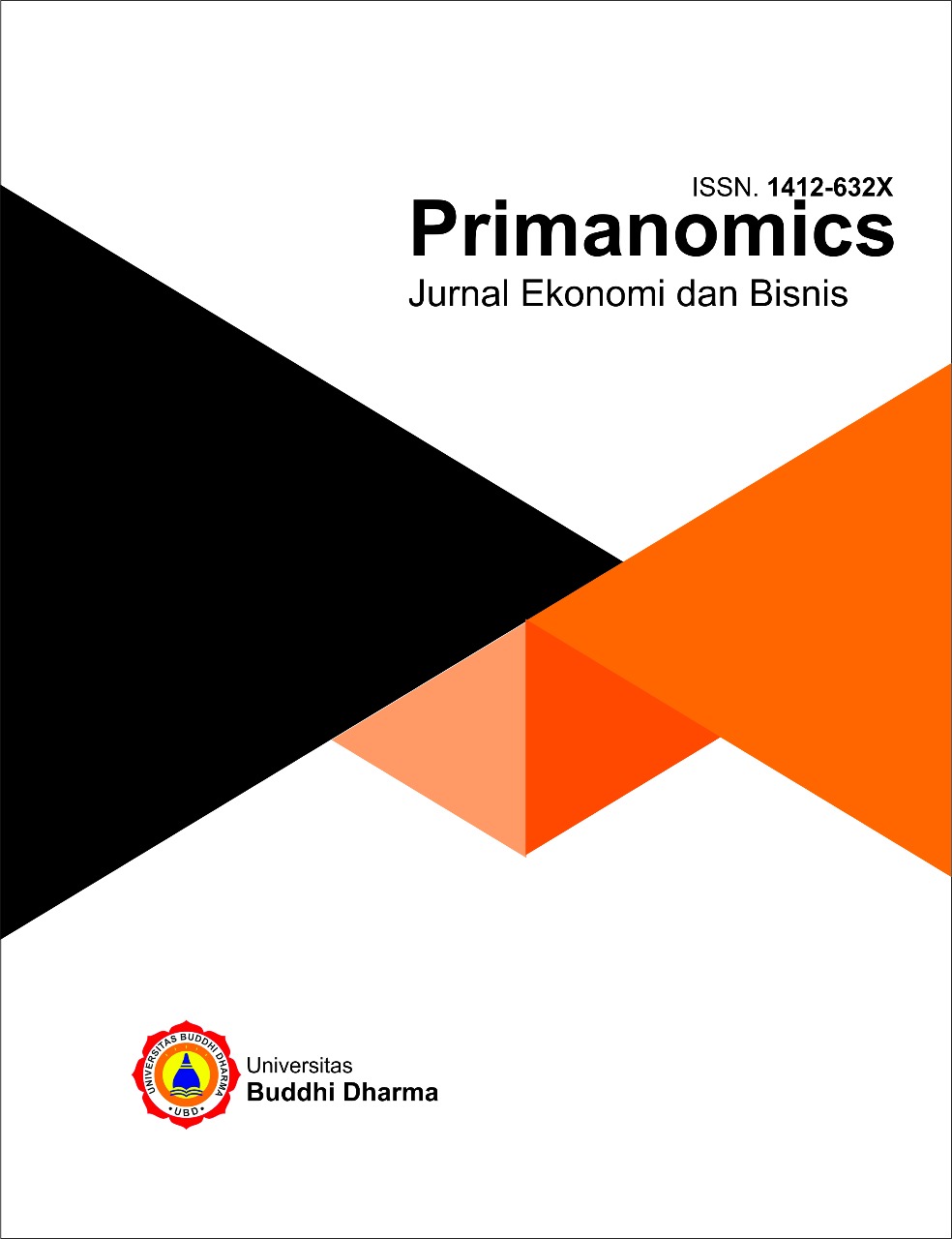The Influence Of Burnout And The Non-Physical Work Environment On Employee Performance At PT Saudara Buana Samudera Medan
Main Article Content
Abstract
This study aims to examine the impact of burnout and a non-physical work environment on employee performance at PT Saudara Buana Samudera Medan. 150 respondents from various departments in the organization participated in the quantitative approach survey technique. We analyzed the collected data using multiple linear regression to examine the relationship between the independent variables (burnout and non-physical work environment) and the dependent variable (employee performance). The results showed that burnout has a significant negative impact on employee performance. Employees who experience high levels of burnout tend to show decreased productivity, a lack of motivation, and lower engagement in their work tasks. In contrast, a conducive non-physical work environment, such as strong social support, flexibility, and a comfortable working atmosphere, contributes positively to improving employee performance. A positive non-physical work environment can create conditions that allow employees to work more effectively, increase job satisfaction, and motivate them to achieve better results. Based on these findings, this study suggests that company management focus on efforts to reduce burnout, such as employee welfare programs, stress management, and workload adjustments. Furthermore, we highly recommend enhancing the non-physical work environment by implementing policies that promote work-life balance and foster positive interactions among coworkers. Thus, companies can improve overall employee performance, which in turn will have a positive impact on the company's productivity and sustainability. This study provides important insights for human resource management in organizations to create a healthier and more productive work environment.
Downloads
Article Details

This work is licensed under a Creative Commons Attribution-NonCommercial-NoDerivatives 4.0 International License.
 Abstract views: 311
/
Abstract views: 311
/  PDF downloads: 157
PDF downloads: 157
